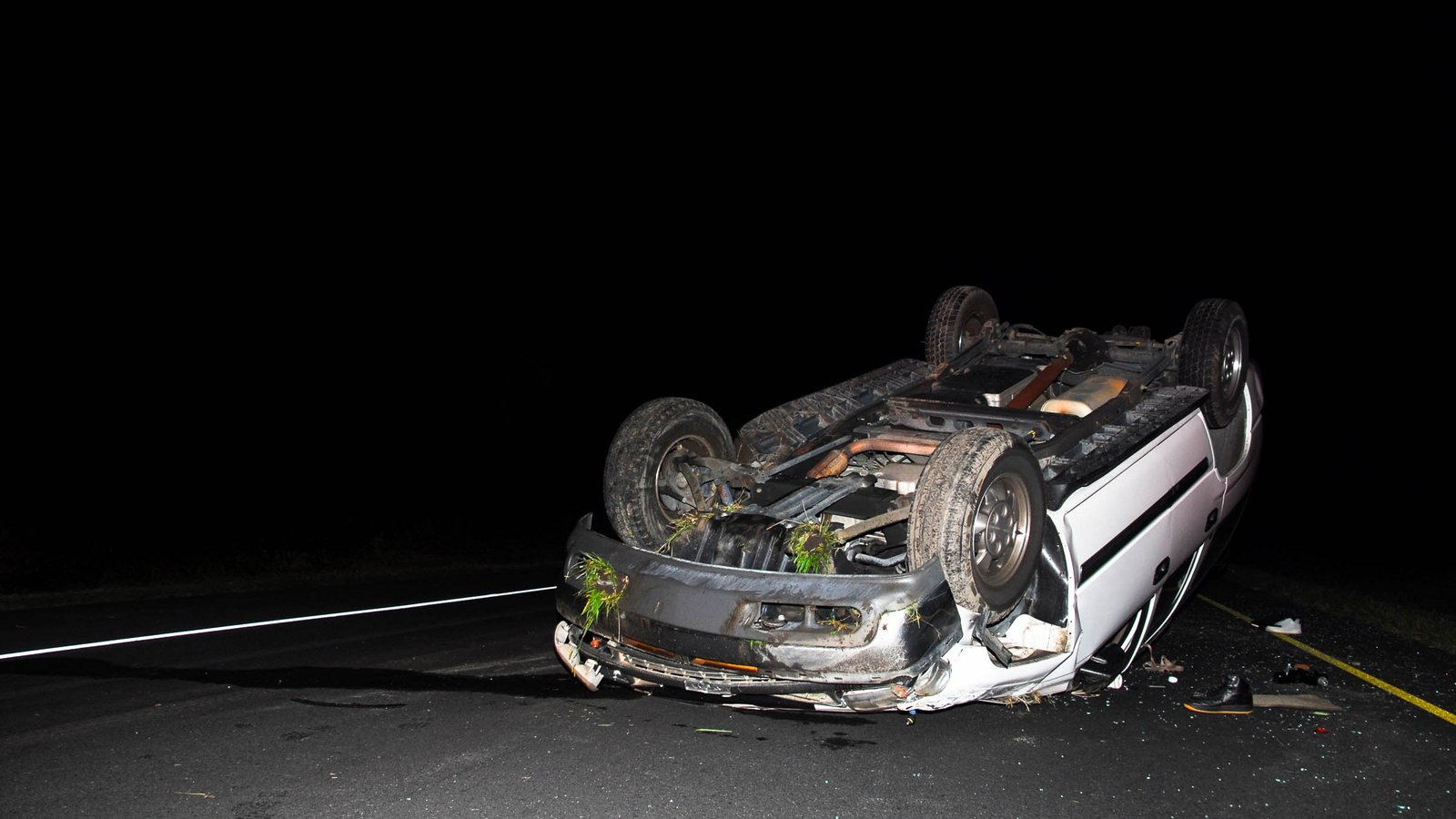
(Photo credit: PRNewsfoto/Brigade Electronics)
Many construction companies say their most important focus is safety, so that laborers can go home in the same condition as when they arrived on the job site. According to Brigade Electronics, they should be especially cautious when working on road or highway improvement projects at night.
In recent years, the company says, the number of nighttime jobs has increased as many road contractors have chosen to complete improvements overnight. “While operating overnight provides clear benefits for those using the road network, minimizing disruption and reducing diversions for commuters, there are serious implications for construction workers’ safety due to poor visibility and worker fatigue,” Brigade said. “Research has shown that 55% of incidents occur within the work zone itself, with the majority of worker deaths and injuries involving a moving vehicle.”
Blind spots on vehicles, Brigade said, often contribute to collisions and are a main reason for worker injuries and deaths. “Poor visibility, due to working overnight, dusty worksites and difficult weather conditions all exacerbate this issue,” it said. “Meanwhile, construction workers who are required to wear hearing protection cannot always hear a vehicle approaching.”
One way they can address this problem is with vehicle safety systems. “While passive systems, such as mirrors and cameras, will help assist a driver to spot objects in a vehicle’s blind spot, active systems, including operator alerts and back-up alarms, ensure that drivers receive an immediate warning that an object is present and pedestrians are aware instantly that a vehicle is nearby,” Brigade said.
A construction firm that has benefited from the use of such a system is Day Aggregates, which has implemented Brigade’s Backsense heavy duty radar sensor system on its shovel loaders, telehandlers and trucks. The system, which can detect stationary and moving objects, has helped Day Aggregates reduce incidents and improve safety.
“It [the radar] is an extra back up when looking in numerous mirrors and using reversing aids,” Operator Darren Harfield said. “If you’re distracted, for example, because someone suddenly asks you a question on the radio, it can be trying to take in too much at one time. The radar system prevents this. There’s an in-cab display that presents different colors and beeps when anything comes within a certain distance of the vehicle, so it’s not just visual prompts, but audible alerts too.”





